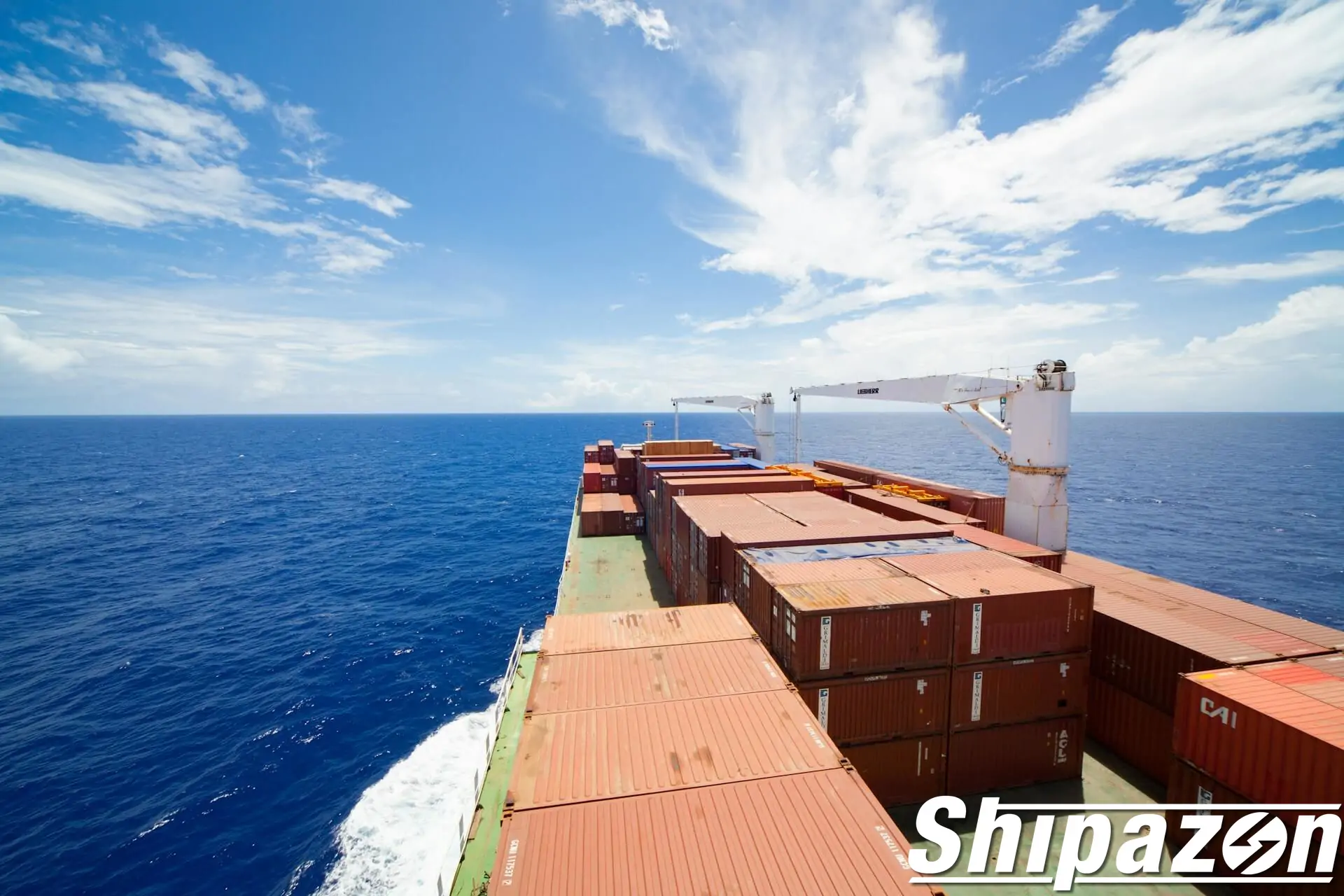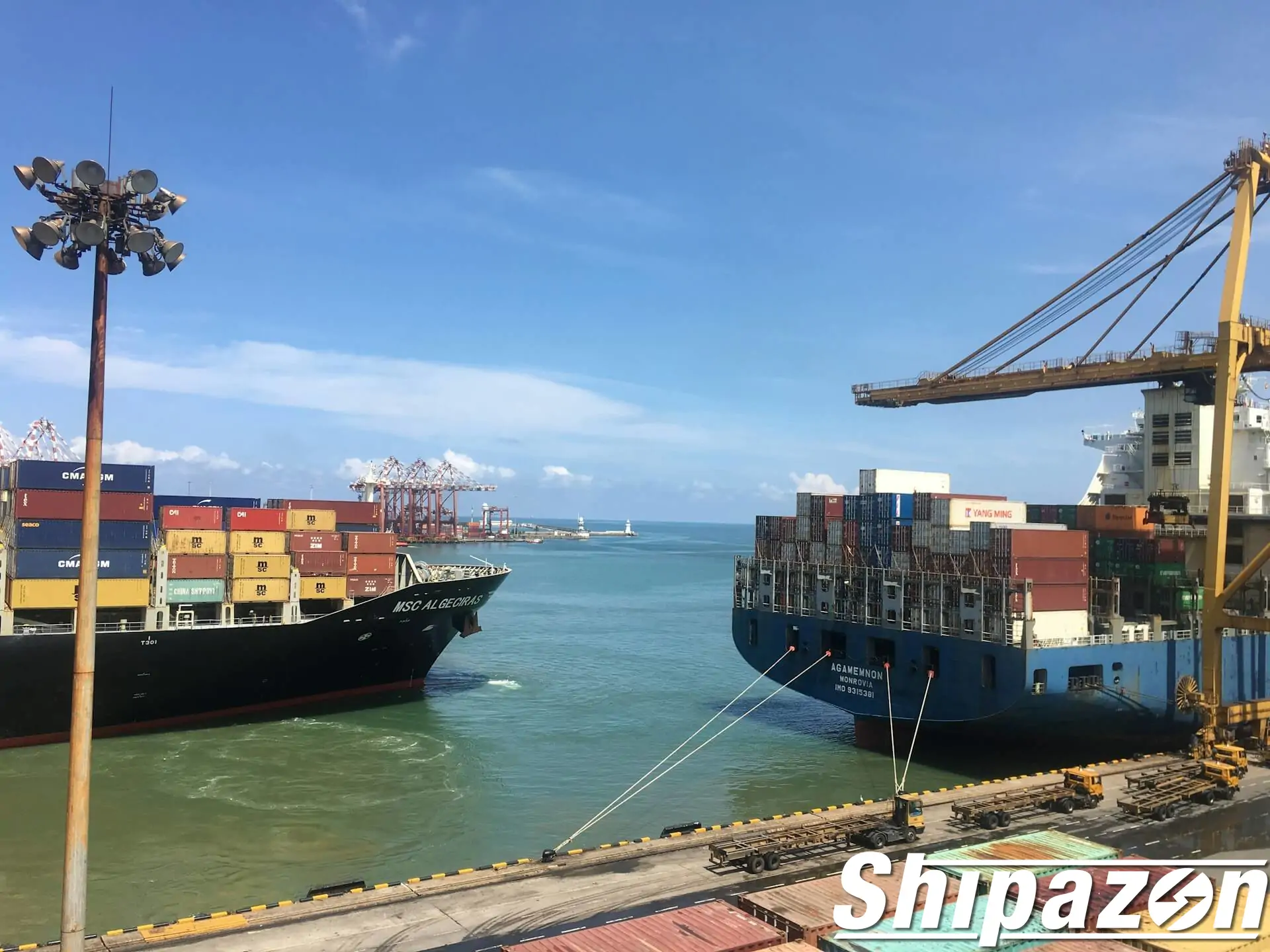The complexity of the global supply chain makes efficiency and speed in the shipping process the main demands of businesspeople. Various companies are trying to find a logistics strategy combining reliability, speed, and flexibility. One approach that continues to develop and become a leading solution is multimodal logistics. This goods delivery system uses multiple modes of transportation (for example: trucks, trains, ships, and airplanes). However, one logistics operator manages the entire transportation process in one contract.
Contents
Getting to Know the Concept of Logistics as an Integrated Solution
A goods delivery system that uses more than one mode of transportation remains in the logistics operator’s coordination unit. This means that even though goods move from one mode of transportation to another, the shipment is still managed by one leading logistics operator. This ensures that the coordination path is maintained efficiently.
Multimodal transportation systems differ from intermodal transportation systems, involving separate contracts and operators for each mode. Multimodal-logistics simplifies shipping with a single contract model. This model is ideal for international or cross-regional shipping that requires a change in transportation mode.
Simple Example of Multimodal Shipping
To understand this concept in practice, here is a simple example of the application of the system. A manufacturing company in the “origin city” wants to send industrial machinery to its client in the “destination city”. The shipping process is as follows: in the first stage, the truck will transport the machinery from the factory to Tanjung Perak Port. Next, the ship takes the machinery to the “connecting” Port. From there, trains or trucks send the machinery to the “destination city”.
Although involving three different modes of transportation, the entire process above can be managed entirely by one multimodal-logistics company. The company will handle the documents, coordinate the mode change, and estimate the accurate delivery time.
Advantages of Multimodal Logistics
With the increasing need for shipping across countries and continents, multimodal-logistics is an efficient and strategic solution. The following are the main advantages that make this system widely applied in various industrial sectors.
Time and Cost Efficiency
The first advantage is time and cost efficiency. Using a multimodal-logistics system allows companies to combine the most efficient and economical modes of transportation based on geographic conditions and shipping needs. This efficiency saves operational costs and reduces transit time, often a significant obstacle in international shipping.
Route Adjustment Flexibility
The next advantage is the ability to adjust shipping routes flexibly. Suppose a route is disrupted (for example, due to bad weather, natural disasters, or port congestion). In that case, the operator can immediately switch to an alternative route with a different mode without canceling the entire shipment. Adaptability is essential in the dynamic and uncertain world of modern logistics.
More Optimal Coordination on One Logistics Operator
One logistics operator manages the multimodal-logistics model in a single contract. This means that the sender only needs to coordinate with one party, even though their goods change modes of transportation several times during the trip.
This simplifies the communication process, document management, tracking of shipping status, and handling if there are obstacles in the distribution process. With this system, the risk of miscommunication between operators can be minimized.
Reducing the Risk of Delays
With careful route planning and centralized shipping supervision, this type of logistics can reduce the risk of delays. Operators can ensure that the transition between modes of transportation takes place quickly and efficiently. In addition, with modern tracking technology, every movement of goods can be monitored in real time, so adjustments can be made immediately if there are obstacles in the middle of the road. This can increase the reliability of the delivery system and directly impact the end customer’s satisfaction.
The Role of Technology in Supporting Multimodal Logistics
The application of digital technology is critical in supporting the success of multimodal-logistics. The Logistics Management System is a GPS tracking device, and real-time data integration between operators and customers is the foundation for creating a transparent and efficient shipping process.
Logistics platforms have even used artificial intelligence to recommend the best routes and predict arrival times based on historical data and current conditions. This technology makes this type of logistics more reliable and responsive to change.
Challenges in Implementation
Although it offers many advantages, implementing this type of logistics also has its challenges. The first is the complexity of the infrastructure because not all regions have a complete and integrated transportation infrastructure.
Due to differences in rules between countries, cross-country regulations and documentation can complicate transitioning modes at ports or borders. Coordination between third parties, although in one contract, in practice, multimodal-logistics still involves various subcontractors that must be well coordinated.
In facing global distribution challenges, companies must manage their supply chains more intelligently, quickly, and flexibly. Multimodal-logistics offers an integrated solution, combining the advantages of each mode of transportation to create a efficient, cost-effective delivery system that is adaptable to dynamic situations. Therefore, more and more businesspeople are switching to this approach as part of their logistics strategy.


